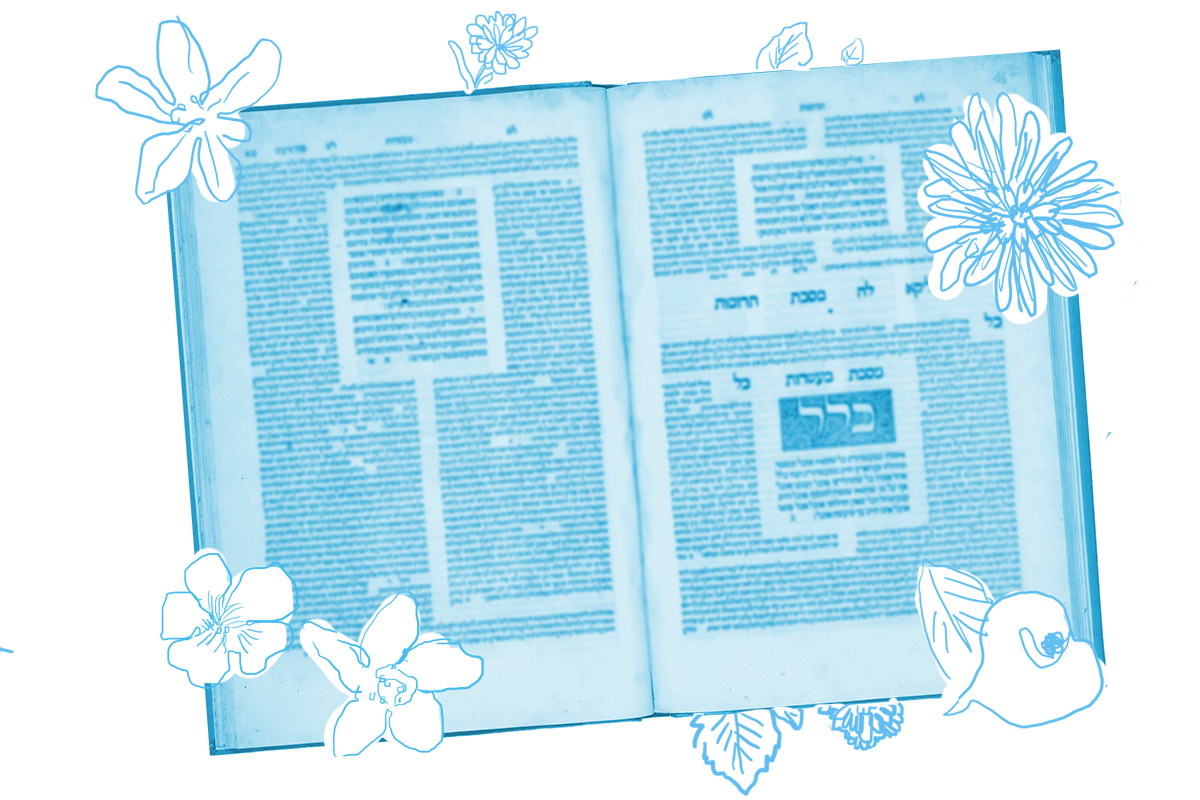Chapter 4 of Kiddushin opened with a mishnah that enumerated ten tiers of lineage — priest, Levite, Israelite, priest disqualified due to flawed lineage, convert, emancipated slave, mamzer, Gibeonite, child of unknown paternity and foundling — and explained when marriages between people of different groups are permitted and when they are not. For example, priests, Levites and Israelites may all marry one another and likewise converts, emancipated slaves, mamzers, Gibeonites, children of unknown paternity and foundlings can marry each other. There are other permitted pairings, for instance Israelite and convert, and forbidden pairings, such as Israelite and mamzer. This might make us uncomfortable to read, for the obvious reason, and it also made the ancients uncomfortable, as a story on today’s daf reveals:
Rabbi Zeira taught in Mehoza: It is permitted for a convert to marry a mamzer. Everyone stoned him with their etrogs.
Rava said: Is there a person who teaches such a matter in a place where there are commonly converts?
Rabbi Zeira teaches, in accordance with the mishnah, that converts are allowed to marry mamzers, Jews who are the product of prohibited sexual unions. His audience is not happy with his teaching and so they pelt him with etrogs, perhaps the ancient equivalent of rotten tomatoes. Why such a strongly negative response from the crowd? As Rava notes, Mehoza, the city in which this story takes place, is full of converts. And while, generally speaking, Jewish law demands that converts be treated as full members of the Jewish people, this teaching is an exception. That converts are allowed to marry mamzers while those born Jewish are not suggests that converts are less-than. (We’ll not dwell on what this says about mamzers.) Clearly this is a message that those in attendance — especially, we have to assume, those who had converted to Judaism — did not appreciate.

Help us keep Jewish knowledge accessible to millions of people around the world.
Your donation to My Jewish Learning fuels endless journeys of Jewish discovery. With your help, My Jewish Learning can continue to provide nonstop opportunities for learning, connection and growth.
So how might Rava have delivered this uncomfortable ruling?
Rava himself taught this in Mehoza: It is permitted for a convert to marry the daughter of a priest. They carried him on silk.
Instead of leading with the bad news, Rava delivers the good news first: that converts can marry the daughters of priests. But Rava is not only telling the people what they want to hear. Some time after his celebratory parade, he too shares that a convert can marry a mamzer, and this is what happens:
They said to him: You have forfeited the honor of your first teaching.
Rava responded: I have done for you what is good for you. If a convert wishes, he may marry from here (i.e., from those of pure lineage), and if he wishes, he may marry from here (i.e., a mamzer).
Diplomatically, Rava frames the ruling about converts as positive because it allows them to marry a wider number of people than most other Jews. The people are not happy with the ruling, but Rava is spared the etrog pelting. It’s not always what you have to say, it’s often how you choose to say it.
Read all of Kiddushin 73 on Sefaria.
This piece originally appeared in a My Jewish Learning Daf Yomi email newsletter sent on October 25th, 2023. If you are interested in receiving the newsletter, sign up here.



